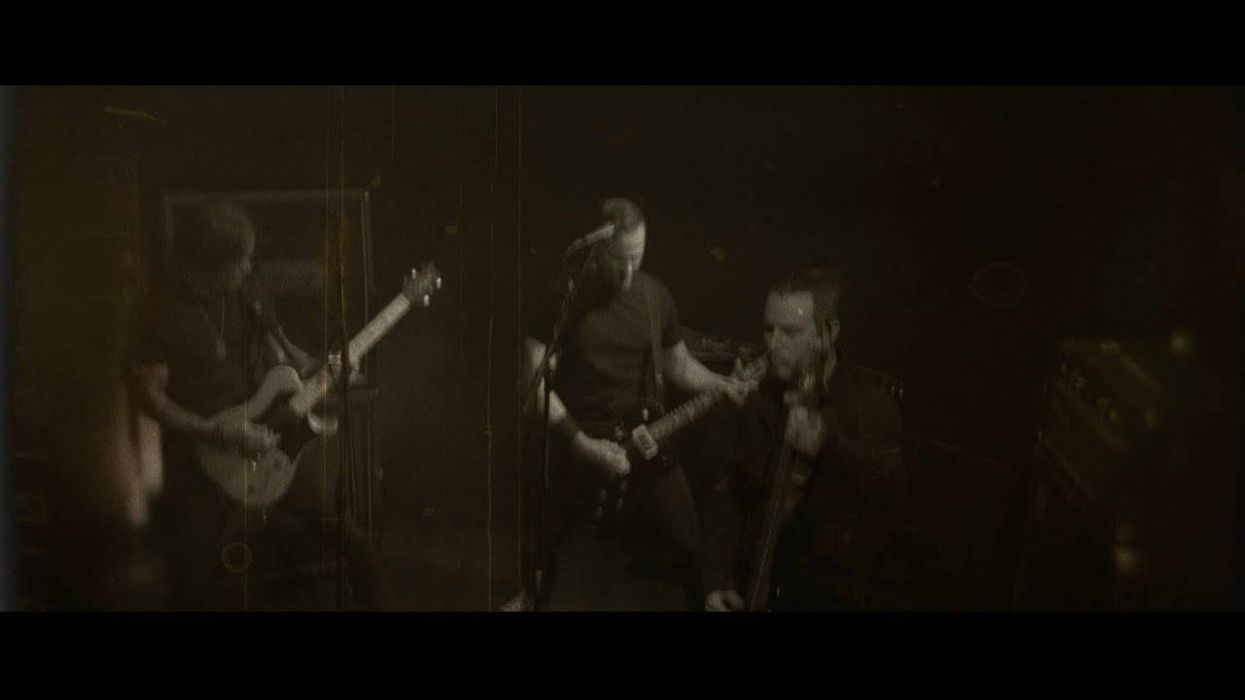There’s a certain class of professional guitar player out there—one whose pedalboard is carried by hired hands from semi number four of 12, through tortuous stadium corridors, past a green room filled with brown M&Ms, to a downstage area with room enough to park a luxury sedan. This type of player spends zero time thinking about how big, heavy, or complicated their touring rig might be.
I remember, years ago, after the Nashville Flood, when a certain Nashville guitar slinger had a new travel rig made to replace what the river wrecked. When people saw the compact, rack-based rig, some quipped, “He’ll never get that on an airplane! It’s too big and heavy!” They might have been right, too … if this artist didn’t own the plane.
That sort of logistical liberty is out of reach for most of us. We gigging mortals have to consider things like set lists, baggage overages, and the size of the overhead bin. So not only must we learn the arrangements, learn the riffs, and develop all the interpersonal skills necessary to hold a gig, we also must make sure our entire rig fits in a thimble.
Flying a pedalboard economically has stringent form-factor demands. Usually, checked baggage incurs an overweight fee at 50 pounds. Many airlines have a maximum checked bag weight of 70 to 75 pounds. Every airline will have weight and dimensional limits listed on their website. Review them before you show up at the airport with your rig in tow. Generally, anything over 50 pounds is going to cost you, and any out-of-pocket travel costs make the gig less profitable.
Making a travel rig starts at conception. It’s difficult for the typical guitar player to take a board designed for studio work or gigging around town and simply delete items and wind up small enough and light enough to fly. A primary consideration is, what devices are necessary to cover the sounds the gig requires? Do you need three separate drive sounds, or can you get away with two drives that stack to make the third sound?
Treadle devices like volume pedals and wahs take up a bunch of space and are heavy. Go with the mini versions or find a way to eliminate them from your rig entirely. Put each rig component on the scale to determine if it’s pulling its weight. Don’t forget your cables!
Multi-effects boxes are a lifesaver. Having one device that does the work of several saves space and makes covering all those overdubbed parts possible. One can argue that some of these multi-effects are not as good as the “real thing,” but, nearly always, nobody signing your checks or paying for tickets will know you aren’t rocking the real deal. Many multi-effects boxes can cover a multitude of sounds well enough, especially those used for a few short moments each night. If you can make the compromise, do it and save the weight.
Casework is another major factor. Many boards are sold with a lightweight 1/2" plywood case. Those might be fine for infrequent flying, but their laminated panels are prone to cracking in baggage handling, and they typically don’t have enough foam to protect your investment. A thin layer of stiff rubber won’t do much to save your rig from the g-forces unleased in the rough-and-tumble world of airline baggage. A 1/2" to 1" layer of closed cell foam is the minimum requirement for survival. That sort of foam setup is common on full-fledged ATA case setups, but a heavy-duty flight case can quickly push you over the 50-pound limit. A Pelican-style or injection-molded case can be a lighter alternative (Photo 1). These cases are light for their volume, and they can be custom-foamed by your local system integrator or case builder.
In a world of label showcases, weekend runs, and international festivals, traveling light is becoming the rule. Decide what gear is truly non-negotiable and compromise everywhere else, employ mini pedals and multi-effects, and select a suitable lightweight case with enough protection to account for Murphy’s Law. With careful planning, you can build a functional and flightworthy rig that will serve you and those you work with well.

























